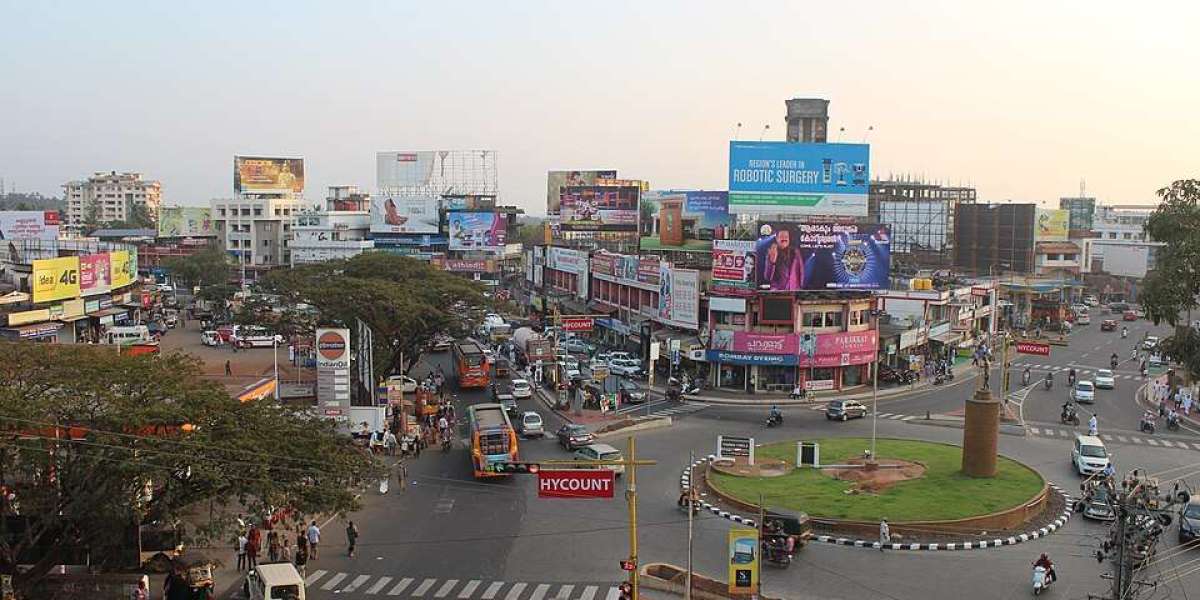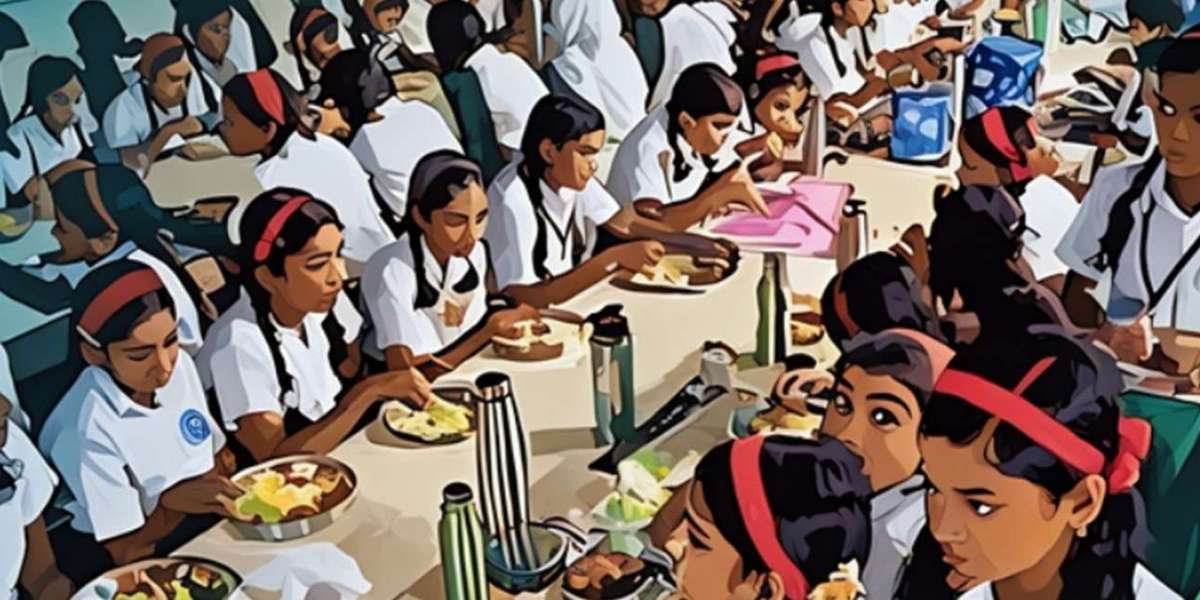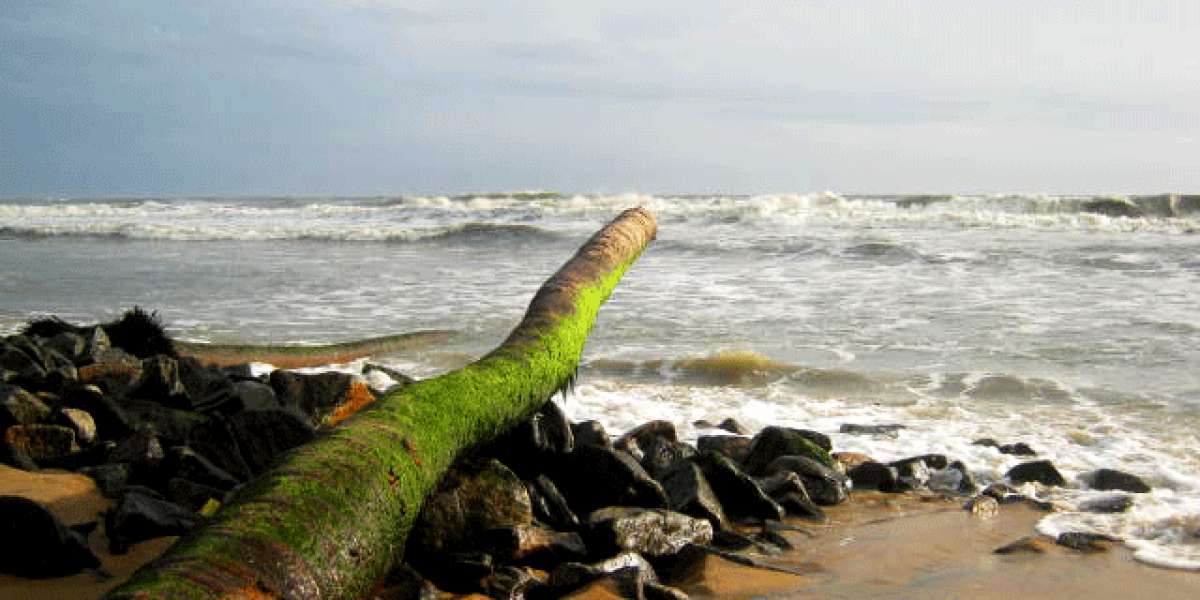Polling Stations
The constituency features roughly 140–150 polling booths, located in schools, community centres, and cultural halls across the city and surrounding wards. Sample stations include:
Ganapathi Vilasam LP School (West side)
St. Antony’s UP School, Thayyil (multiple wings)
Govt UPS Neerchal South & East side
Kauser Model English School, Naluvayal (South side)
City High School, Kannur City
Deenul Islam Sabha Girls High School (East & West)
Govt Higher Secondary School, Thottada (East & West buildings)
Kuruva UP School and Chala Devivilasam LP School (North & South sides)
These polling stations span dense urban wards to peripheral semi-urban and rural pockets, ensuring democratic access across diverse neighborhoods.
Demographics & Economic Peculiarities
With 173,961 registered voters in 2021, up from ~143,828 in 2011, Kannur constituency showcases high civic participation and urban dynamism . The area's demographic mix includes middle-class households, urban professionals, traders, students, craftsmen, and coastal fisher-families interacting within a high-literacy and well-connected civic setting.
Livelihood & Economic Profile
Trade & Business: As a historically important port town, Kannur thrives on commerce: textiles, retail, timber, coir, and cashew trading. Small businesses dot the city’s bazaars and markets.
Agriculture & Allied Activities: In residual rural parts like Munderi, agriculture persists—rubber, coconut, tapioca, and spices remain mainstays.
Fisheries & Blue Economy: Coastal neighborhoods like Chala and Thottada support fishing and marine trade, contributing to local livelihoods.
Remittances (NRIs): A considerable number of urban households draw income from Gulf migration, stabilizing middle-class living standards.
Education & Services: As an urban seat, Kannur offers administrative jobs, schooling, health services, and emerging IT or service-sector roles.
Economic Strata
The majority of residents in Kannur Assembly Constituency fall into the middle-income bracket, sustained by remittances, trade, service jobs, and small enterprises. Some longstanding merchant families and professionals represent the higher-income tier, while certain coastal fishing and low-income urban families remain below the poverty line, though overall urban upliftment keeps these pockets limited.
Recent Development Initiatives
Recent projects have upgraded urban infrastructure, including road widening, street lighting, and public sanitation in city wards. The municipal corporation has focused on digital services and sanitation drive implementation in densely populated electoral pockets. Coastal neighbourhoods like Thottada and Chala have seen improvements in fish market facilities and street connectivity. Educational infrastructure has expanded, with upgrades to high schools and community centers that double as polling venues. Additionally, improvements around Kannur International Airport access roads and the Kinfra Textile Park near Taliparamba indirectly benefit residents by enhancing job access .
Conclusion
Kannur Assembly Constituency encapsulates northern Kerala’s urban energy—melding coastal trade, middle-class businesses, and civic engagement in a high-literacy setting. Anchored by remittance-backed incomes, small-scale commerce, and public services, its residents mostly belong to a resilient middle-income group. With focused municipal development, improved coastal-market infrastructure, and growing educational investments, Kannur continues evolving as a vibrant urban-civic constituency poised for inclusive growth.







